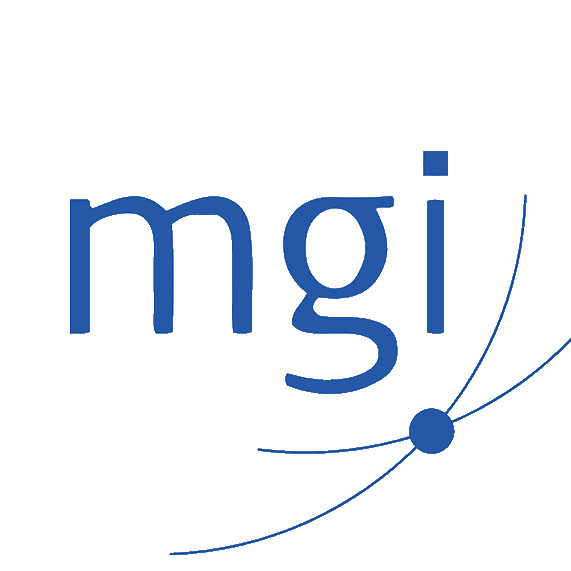It seems like every second day I read about another business going into liquidation.
This past year has seen a number in the transport and logistics industry, the most recent being Gregorys Transport. This begs the question – why?
Businesses in this industry operate on small margins and invariably have a lot of money tied up in their trucks. In many cases, these vehicles are owned or leased from a finance company. This means they are effectively a fixed cost and can’t be “turned off” if business drops. The newer the fleet, the greater the capital invested and therefore the greater the fixed cost.
In contrast, a business that contracts out part of its business to owner/drivers has much more flexibility. If business falls off, then it becomes the problem of the contracted owner driver and the business can continue to keep its own trucks busy.
The same principle can be applied to a number of businesses. I saw this when there was a hiccup in the mining boom a few years ago. During the boom some businesses in the resource industry supply chain geared up and bought more new equipment in the belief that this was the new “norm”. Others retained their existing equipment and hired in part of their equipment. When the bubble burst, the latter businesses simply handed the hired equipment back to the hirer. Some of the businesses that geared up with new equipment went to the wall.
Sure, the profit margin on the hired equipment wasn’t as high as on the owned gear (due to the cost of hiring), but it certainly reduced the risk of the business and as we know, higher risk and higher return generally go hand in hand.
So, what are the warning signs for your business?
There are two key warning signs that I look for in any business.
Firstly know the dollar value of the capital you have invested in your business. This includes your stock, your debtors and your capital equipment. Most business owners can tell you what profit they make, but they can’t tell you their capital employed. If this is (say) $10 million and your profit (EBIT) is (say) $1million, then that’s a 10% return on your capital employed (ROCE). For most privately owned businesses that’s not enough given the risk involved.
ROCE is made up of two components – profitability and asset turnover (or activity). Naturally, profitability is simply the percentage that your profit (EBIT) bears to your sales. So, EBIT of $1million on sales of $10million gives a profitability percentage of 10%. This is only half the picture.
Asset turnover (or activity) is the big sleeper that very few businesses have their head around. In other words, how many sales can you generate for the capital employed in the business? If you generate sales of $10million on capital employed of $10million then your activity ratio is 1. This is probably too low and may be a sign of a “lazy” balance sheet.
Depending on the industry, you should generally be above 3 unless you have very high profitability. The multiple of your profitability percentage (in this case 10%) and your activity ratio (in this case 1) is your ROCE (i.e. 10%).
In the transport industry (or other capital intensive industries), your activity ratio will generally be low. That means your profitability ratio needs to be higher to compensate. When profitability is also low (as can be the case in road transport) then you are stuck between a rock and a hard place. Getting the mix right between your profitability and your activity ratio is key.
The second main point to understand is to know your free cash flow (FCF). As the name suggests, free cash flow means “available” cash flow – cash that is available for use in the business. If you don’t have free cash flow you’ll eventually go broke (that is, you have negative free cash flow). There are only three reasons why businesses don’t have cash (i.e. free cash flow).
- They’re growing too fast. That is, the dollar increase in working capital and equipment is greater than the profit the business generates.
- They’ve used short term working capital to fund long term assets. This is relatively easily fixed through a sale and lease back arrangement.
- The business is not profitable. So you don’t have a cash flow problem, you have a profitability problem (which goes back to point 1 above).
If you don’t have your finger on these two key business parameters you’re flying blind. If your business also has a lot of money invested in capital equipment then you’re really in danger territory.






